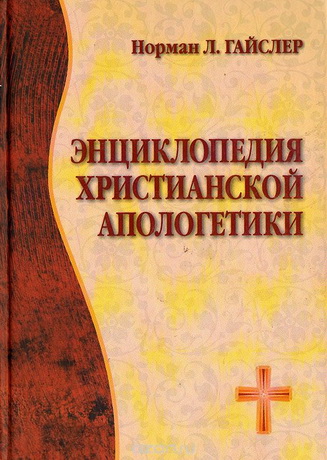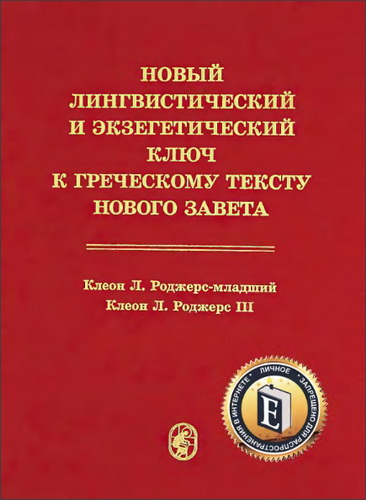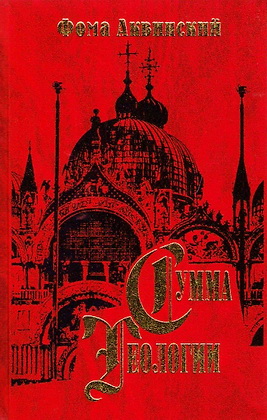
Yogev - Rephaim - Sons of Gods

The attempt to understand the ancient past can be compared to finding a handful of pieces of a thousand-piece puzzle, and trying to arrange them in the correct configuration in order to figure out the entire picture. The pieces may be arranged differently or connected to others, and so the picture is constantly dynamic and never entirely clear. This is the situation we find ourselves in when we try to understand who or what the Rephaim are.
First impressions are powerful; the first encounter of modern society with the Rephaim is found in Biblical literature. They appear in several books in different contexts, and so the earliest scholarly attempts to understand them were carried out by early translators of the Hebrew texts. The inconsistency of translations demonstrates that this topic was as much of a conundrum over two thousand years ago as it is today. The Biblical Apocrypha and Medieval Jewish commentators do not provide any clear answers to this conundrum either as explained below. In the modern era, scholars separated the meaning of the word Repalm into two, as described by H. F. W. Gesenius; The first: “Manes, shades living in Hades, according to the opinions of the ancient Hebrews, void of blood and animal life (WA2) therefore weak and languid like a sick person, but not devoid of powers of mind, such as memory.” And the second: “Very ancient nation of the Canaanites beyond Jordan, famous on account of their gigantic stature.” Prior to the Ras-Shamra discoveries, scholars had wondered whether the two meanings were connected, and if so, which of the two came first. These discussions were not much influenced by the discoveries of three Phoenician funerary inscriptions in the second half of the 19th century that mention the Rephaim. The most detailed research which deals with the Rephaim before the Ugaritic finds was conducted by P. Karge, who was able to conclude from the Biblical and Phoenician evidence alone that the term “Rephaim” should not be separated into two meanings, but should be seen as a dynamic concept, which altered according to context and perception.
C. E. L’Heureux, in his extended work on the Rephaim, claims that the history of scholarship on the Rephaim can be divided into two periods, before and after the Ugaritic discoveries. This is partially true. The Ugaritic discoveries in Ras-Shamra, Syria, starting from the late 1920s, provided much more information about these mysterious characters, yet even 90 years later, scholars are still puzzled and conflicted by the concept of the Rephaim, since in most Ugaritic texts they are described in ways similar to the Biblical and Phoenician descriptions. The main departure in the Ugaritic texts is that the Rephaim are described in a positive light; they are loved and glorified, unlike the descriptions in Biblical literature. This positive attitude has led scholars to rethink the meaning of the Rephaim. Ch. Virolleaud, who published the first Ugaritic texts of the Rephaim, embraced the etymology of the root R-P- as “to heal” for the name “Rephaim,” and many have followed this interpretation. Inscriptions that mention the Rephaim continued to surface in Ugarit until the late 1970s, and the discussion of their meaning and function in the ancient Levant remains unresolved.
Jonathan Yogev - The Rephaim. Sons of the Gods
Brill, Leiden, Boston, 2021. - 227 pp.
ISBN 978-90-04-46085-0 (hardback)
ISBN 978-90-04-46086-7 (e-book)
Jonathan Yogev - The Rephaim. Sons of the Gods - Contents
Contents
Acknowledgments
Figures and Tables
Abbreviations
Sigla for Ugaritic and Phoenician Texts
Chapter 1 Introduction
About This Study
Chapter 2 The Ugaritic Evidence
2.1 Introduction to the Ugaritic Evidence
2.2 The Rpʾum (KTU 1.20–1.22)
2.3 The Legend of Aqhatu
2.4 The Baʿalu Cycle (KTU 1.6)
2.5 The Story King Kirta (KTU 1.15)
2.6 A Memorial Service for Niqmaddu (KTU 1.161)
2.7 A Song for a New King (KTU 1.108)
2.8 An Incantation (KTU 1.82)
2.9 A Fragmentary Text (KTU 1.166)
2.10 Conclusion of the Ugaritic Evidence and the Meaning of the Name “Rephaim”
Chapter 3 The Phoenician Evidence
3.1 Introduction to the Phoenician Evidence
3.2 Belief System and Theophoric Evidence
3.3 The Tabnit and Eshmunazar Inscriptions (KAI 13 and KAI 14)
3.4 The Latin/Neo-Punic Bilingual Inscription from El-Amrūni (KAI 117)
3.5 Three Relevant Cases
3.6 Conclusion of the Phoenician Evidence
Chapter 4 The Biblical Evidence
4.1 Introduction to the Biblical Evidence
4.2 The Theophoric Evidence
4.3 Why Are the Rephaim Treated as Negative Characters in the Bible?
4.4 Two Main Traditions of Living Rephaim in the Chronicles of Israel
4.5 The Dead Rephaim in Biblical Literature
4.6 Two Relevant Cases 1
4.7 Conclusion of the Biblical Evidence
Chapter 5 General Conclusions
Bibliography
Hebrew Bibliography
Index of Subjects
Index of Texts




Комментарии (1 комментарий)
спасибо